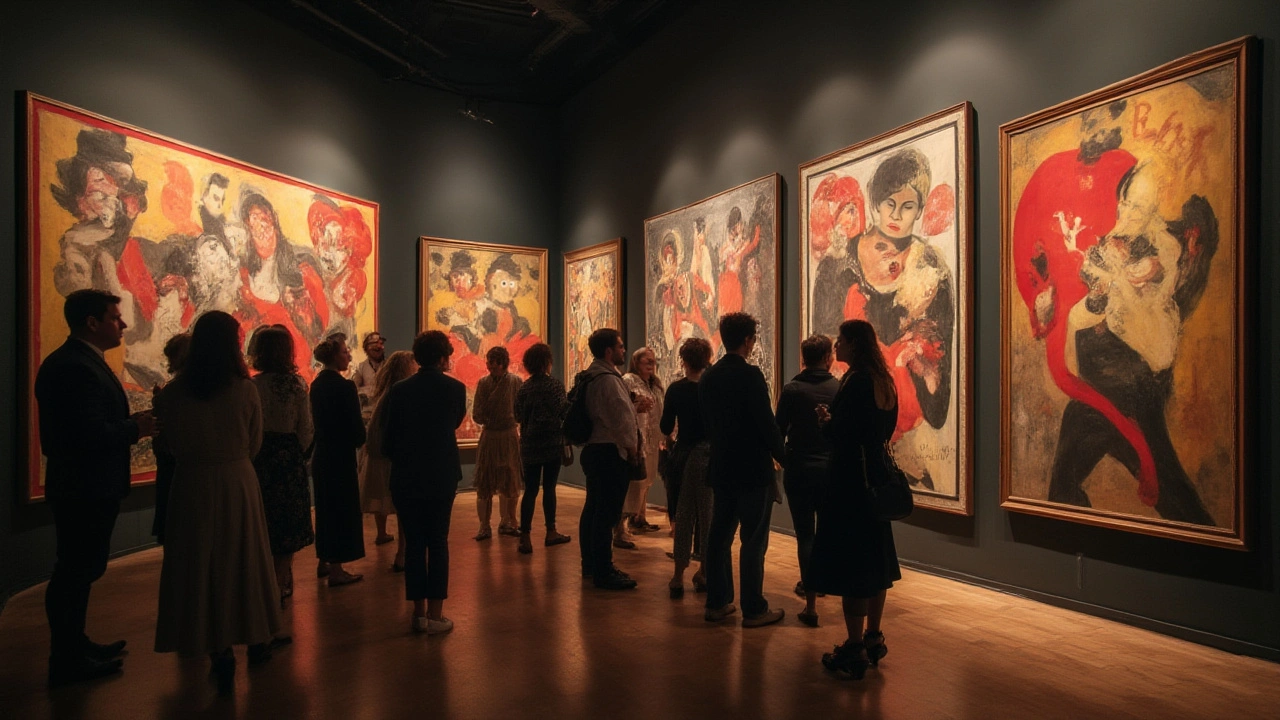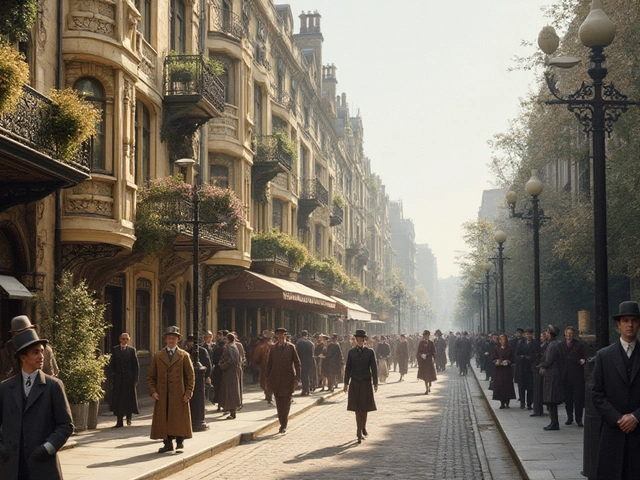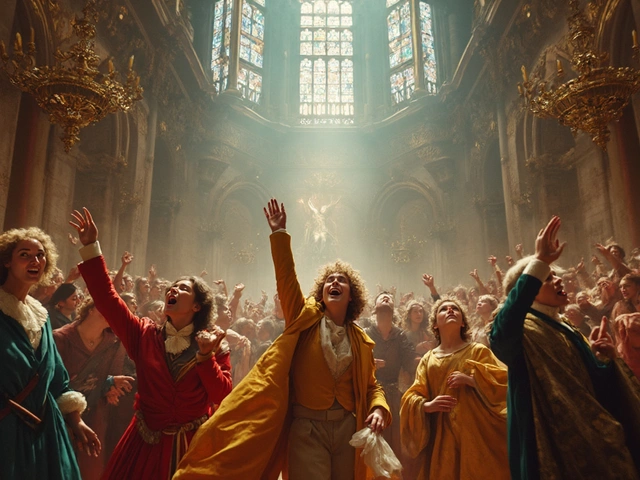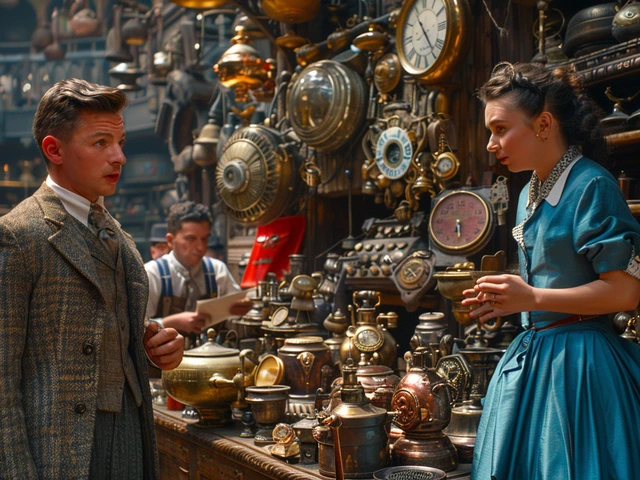Did you know some of the logos and urban spaces you walk by every day owe their looks to a radical 20th-century art movement? Constructivism isn’t just old school theory from distant Russian studios—it’s a force that’s shaken up everything from political protest art to the sleekness of your city’s transport graphics. The creators behind it wanted more than just to hang paintings in galleries; they wanted to reshape society itself. Sometimes people felt uncomfortable, even threatened, by this new kind of art because it looked nothing like the pretty landscapes or portraits they were used to. But Constructivists didn’t care—they were all about action, building, and real-world impact.
What Is Constructivism, and Why Did It Shake Things Up?
Constructivism crashed onto the scene in Russia just as revolution flared up in the 1910s. Artists like Vladimir Tatlin, Aleksandr Rodchenko, and Varvara Stepanova weren’t interested in art for art’s sake. In their eyes, art should serve the community, aiming to build a new world after centuries of monarchy. They ditched fancy frames, nostalgic landscapes, and moody portraits in favor of industrial materials and sharp, geometric forms. They used glass, metal, and even wood scraps. These weren’t just sculptures to admire—they were prototypes, blueprints for a different reality. In fact, Tatlin’s Monument to the Third International, planned but never built, was meant to be taller and more modern than the Eiffel Tower.
What really rattled people wasn’t just the look of Constructivist art but its clear mission: make art that changes everyday life. Their posters featured blocky, urgent letters; their fashion designs dismantled frilly corsets for simple, practical jumpsuits. Rodchenko designed everything from furniture to magazine covers, using flat colors and no-nonsense shapes you see now in advertising and editorial layouts. They didn’t see a point in separating painting, sculpture, or graphic design from the rest of life—they blended it all together.
Constructivist ideas quickly went beyond Russia. The movement inspired the Bauhaus in Germany and made waves in architecture and graphic design across Europe and the US. Its influence shows in everything from modern furniture (think IKEA’s basics) to poster design for events and activism. The appeal is raw, straightforward, and loud—a direct challenge to the plush, ornamental art before it. At the time, Soviet authorities both praised and used Constructivist artists to spread political messages, but they also clamped down if things got too wild. Still, the energy never died away—it adapted.
Ever notice those bold, red-and-black propaganda posters from early 20th-century Russia? They’re the Constructivists’ calling card. But less obviously, subway signs, contemporary protest banners, and even the design of your favorite sports sneakers carry their DNA. If you’re a creator looking for inspiration, check out Rodchenko’s photographs with their funky angles or Lyubov Popova’s costumes for avant-garde plays. There’s a gritty optimism that comes from seeing art not as a luxury, but as a shared tool for rethinking society. A handy rule Constructivists stuck to: form follows function—but not at the expense of excitement.
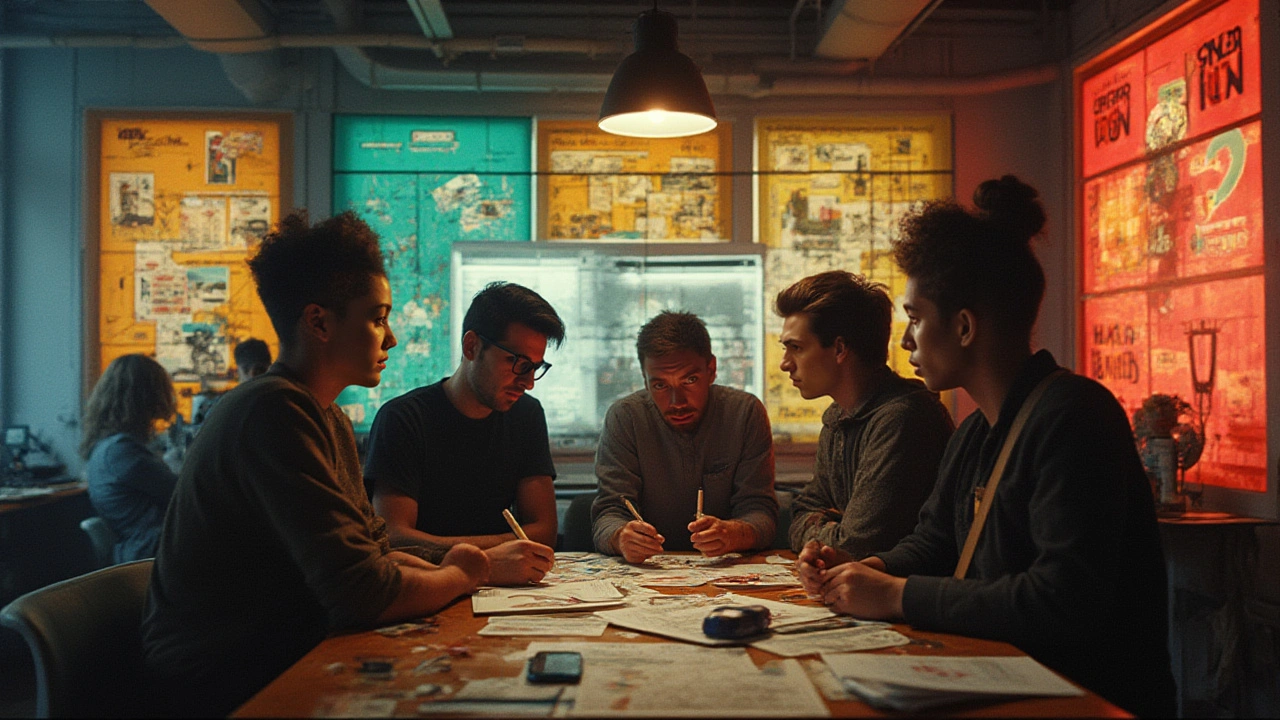
Constructivism as a Shaper of Culture
Constructivism didn’t just tweak how art looked—it kicked the door open on what art could do. Rather than decorating private mansions, Constructivists designed public spaces, schools, and everyday items like plates and posters. They believed anything people interacted with could become a tool for shaping values and attitudes. The principles they pushed—efficiency, clear forms, and accessibility—spread out like shockwaves.
Let’s talk about some specifics. Street theater troupes in Moscow popped up, using Constructivist costumes and sets to reach people who never set foot in museums. Agitprop trains chugged across Russia, packed with artists giving live performances and displaying mobile exhibitions. Women like Varvara Stepanova designed utilitarian work clothes, symbolizing progress in gender roles. Architects took the idea further with communal housing blocks meant to erase class divides.
The data doesn’t lie—between 1918 and 1925, there were over 1,200 agitprop trains and ships running Constructivist-inspired public performances in the Soviet Union alone (see table below). If you’re wondering whether any of this mattered, consider this: Soviet literacy rates went from about 33% in 1917 to over 80% by the 1930s, thanks partly to engaging educational visuals and public campaigns decked out in Constructivist style.
| Year | Agitprop Trains/Ships | Relevant Public Art Projects |
|---|---|---|
| 1918 | 24 | 15 |
| 1920 | 83 | 50 |
| 1922 | 300 | 130 |
| 1925 | 1200+ | 480 |
Here’s something that makes the movement stand out even now—Constructivists didn’t believe in separating tasks by gender, class, or background. Anyone could join, learn, and create. They’d run communal workshops where you could drop in after your shift and help design a street banner or a public bench. Does this sound familiar? Probably, if you’ve seen any community mural project or collaborative art workshop. The democratization of art—making it for everyone, by everyone—owes plenty to these pioneers.
Another wild fact: the way brands market things today, with that blend of asserting authority and inviting you in as a partner? That’s a legacy of Constructivist ad posters, which didn’t just tell people, but called them to action (think “Women, to the tractor!”). Constructivist techniques pop up in riotous street art, zines, and student protests—anywhere folks want art to shout, not whisper. For creative people, their biggest tip was: look around, use what you have, and don’t wait for permission to start changing things where you are.
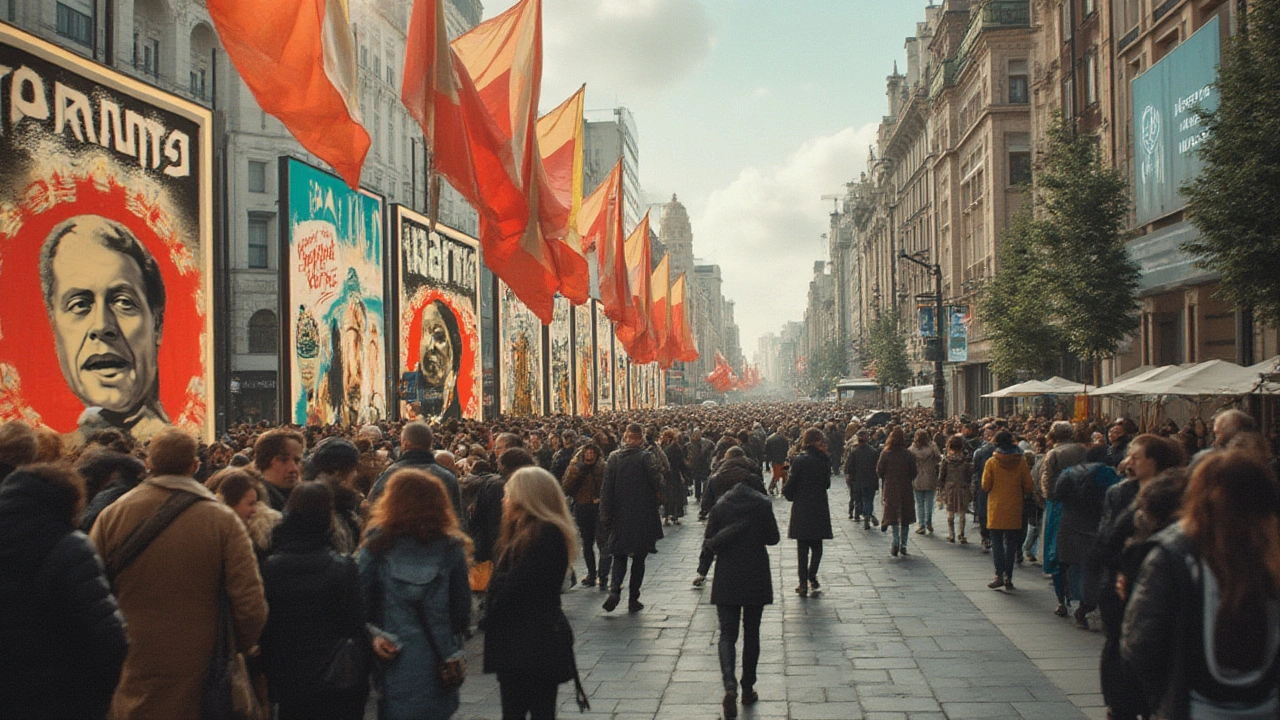
How Constructivism Lives On in the World We Know
You might think Constructivism is just ancient history, but really, its pulse is everywhere. The clean, geometric lines you see in city metro maps, those blocky concert posters at your local music venue, even the simple sans-serif fonts on your smart devices—these are modern echoes of Constructivist philosophy. Companies that want to come off as bold and honest still turn to the movement’s use of strong colors, striking shapes, and straight-talking slogans. Even the “flat design” you see in today’s app icons and social media layouts borrows tricks from early Constructivist layouts. The Bauhaus, which spread many of these ideas to Germany and then the US, would have felt right at home browsing a minimalistic Etsy page or Instagram feed in 2025.
Here’s a surprising crossover: big street fashion brands have dipped back into Constructivist archives for inspiration. Supreme, Adidas, and even Nike have dropped limited runs of clothing and sneakers riffing on constructivism art lines, blocks and color splits. If you’ve scrolled through photos of the Venice Biennale in recent years, you know artists are still playing with those same sharp diagonals and raw industrial looks pioneered a century ago.
So what tips can we grab if we want to bring a bit of Constructivist spirit into our lives or work? Start with function—make sure every design decision serves a purpose. Don’t be afraid of bold, even quirky, combinations if they help get your message across. Try DIY projects using recycled or unexpected materials (just like Tatlin with steel and glass). And think teamwork—the most durable art comes from collaboration, whether you’re painting a mural or planning a public event.
If you teach, create, or just care about cultural change, look at how Constructivist art brings people together around a shared goal. Let’s not overlook how the style’s activism borrowed as much from the street as from fancy schools. Iconic images like El Lissitzky’s “Beat the Whites with the Red Wedge” were designed to be immediately understood—even by people who’d never seen art before. You don’t need to know art history to feel their punch. That’s a tip for getting your ideas out into the wild: keep them simple, clear, and loud.
Even with all the monumental works and design cred, the core of Constructivism is pretty humble—believe you can shape the culture around you with whatever tools you have. Whether you’re sketching your next big idea on a napkin, organizing a pop-up exhibition, or putting together a protest banner with friends, you’re part of a tradition that sees art as hands-on, collaborative, and hungry to make the world new. That’s the Constructivist edge—one that never really goes out of style.

